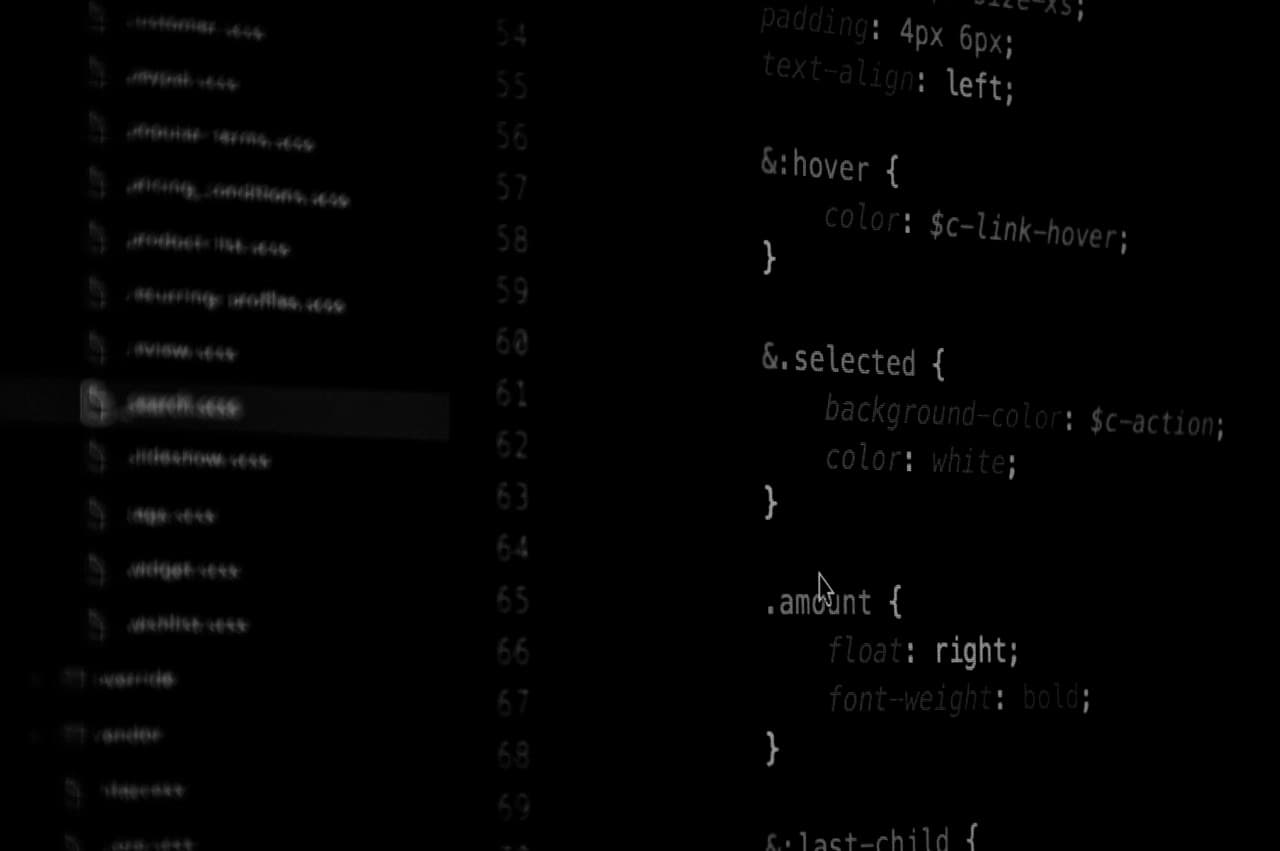After years of writing code in Visual Studio Code—through web apps, mobile products, and everything in between—I didn’t think I’d switch editors anytime soon
VS Code had been fast, extensible, and familiar. The ecosystem was vast, the community strong, and the experience… dependable.
But I gave Cursor a shot out of curiosity and as a suggestion from few colleagues. A few weeks later, I wasn’t just trying it—I had completely moved in.
And honestly? It’s changed how I work.
AI Isn’t Here to Replace Us. But It Can Speed Us Up.
Let me be clear: AI didn’t start writing my code for me. It didn’t architect systems, make design trade-offs, or review pull requests like a human would.
But it did remove a thousand small speed bumps between thinking and building.
Here’s what I mean:
- Instead of Googling for the nth time how to debounce a function or write a regex, I’d get a contextual suggestion—right there in the editor.
- Instead of tabbing out to explain a block of code to a teammate, I could generate a clear, inline summary or refactor.
- When switching between frontend and backend contexts, AI helped me bridge that mental gap faster with focused code explanations, suggestions, and tests.
Cursor felt like a pair programmer that didn’t need coffee or a meeting invite.
What Made Cursor Worth the Switch
It’s not just “VS Code with AI”—it’s a little more than that.
Some things I genuinely appreciated:
- Context awareness: Cursor doesn’t just autocomplete the next word—it understands the file, the project, and often the intent behind the code.
- Inline code transformation: Refactoring, adding types, extracting logic—it’s faster when it’s guided and contextual.
- Focused chat built into the IDE: No alt-tabbing to ChatGPT, no copy-pasting code. Ask questions, get explanations, and iterate _without leaving the editor_.
It didn’t replace my thinking—but it reduced the time spent on things that slow you down: boilerplate, syntax, small bugs, context-switching.
And when you’re juggling multiple tasks or leading a team, every second of focus matters.
But Let’s Talk About the Limits
As exciting as it’s been, there are boundaries to what this new AI-driven workflow can do. I’ve seen a lot of hype around AI “replacing engineers,” and let me tell you—it’s not happening. At least not how people think.
Here’s where the limitations still show up:
- Lack of architectural context: AI still struggles to understand high-level design decisions—why we structured our services a certain way, or why we avoided a popular library for a niche use case.
- Outdated information: If you’re relying on it for the latest updates in fast-moving libraries or tools, it can fall short. It doesn't fetch real-time docs or updates from the web.
- Domain awareness: It doesn’t understand your business logic or product priorities the way your team does. That kind of intuition? Still very human.
- Collaborative nuance: AI doesn’t pick up on product trade-offs, team preferences, or ongoing discussions—where good engineering actually happens.
So while Cursor makes writing code faster, thinking through problems still needs a human at the helm.
A New Kind of Developer Experience
What struck me the most after a few weeks with Cursor wasn’t just the speed—it was how light development felt.
I spent less time doing mechanical things and more time solving actual problems. Less wrestling with syntax, more designing solutions.
And that’s the shift I didn’t realize I needed.
It reminded me that AI in development isn’t about replacing engineers—it’s about **supporting** them. Helping junior devs explore faster. Helping senior devs stay in flow. Helping teams spend less time in the weeds and more time building things that matter.
Final Thoughts
Will I go back to VS Code? Maybe someday. It’s still a fantastic editor.
But for now, Cursor has earned its place in my workflow—not because it’s flashy or trendy, but because it lets me spend more time doing the real work of engineering.
If you're curious or even skeptical, I'd say: try it. Use it on a real project. See how it fits your style. Not every tool is worth the switch, but some shifts are worth making.
This one was.
